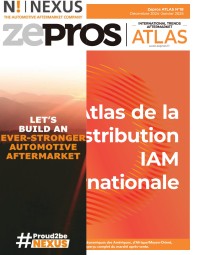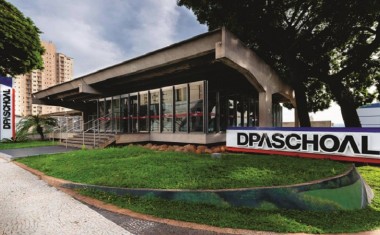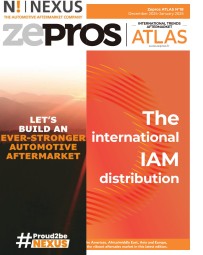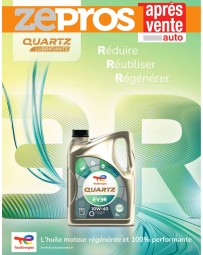
Brasil : The best is yet to come

Industry experts, including ITGs and major global equipment manufacturers, unanimously agree that Brazil remains the driving force of South America.
It is the place to be in the region, with a robust growth market fuelled by a vehicle parc of 58 million private and commercial vehicles—more than Mexico and Argentina combined! This expanding parc has seen two consecutive years of double-digit growth in new vehicle sales, with a 12% increase in 2023 and a projected 15% rise in 2024. Average annual mileage is approaching 12,000 km per year, while the average vehicle age continues to rise, supported by GDP growth of 3.1% this year.
Manufacturers are making moves
The ingredients for a thriving aftermarket are present. “The market, estimated at 100 billion reals (€20 billion), is growing by 7% in volume in 2024 compared to the previous year and is forecast to increase by 20% cumulatively between 2023 and 2027,” explains Laurent Guerinaud, Director of GiPA Brazil. Manufacturers are not only capitalising on double-digit increases in new vehicle sales but also making significant investments in the aftermarket. General Motors, with its ACDelco multi-brand auto centres, is one example. Stellantis has gone a step further, acquiring a 70% stake in DPK, one of the leading distributors, at the beginning of the year.
This strategic move has expanded Stellantis’ reach beyond its multi-brand Eurorepar network through DPK’s 120 sales points and its control of the DPaschoal repair network, one of Brazil’s largest. “This isn’t Stellantis’ first such move,” says Guerinaud. “Last year, it acquired the BR Auto brand in Brazil, and earlier, it took a 90% stake in Norauto in neighbouring Argentina.”
To strengthen their market presence, manufacturers are also broadening their product offerings with other product lines. “Renault’s Motrio, Volkswagen’s Economy Line, and Chevrolet’s ACDelco. These initiatives aim to address the challenges of an ageing vehicle parc—something largely overlooked by independent distribution networks so far,” notes Laurent Guerinaud. However, manufacturers still face an uphill battle, accounting for less than 10% of the aftermarket.
Still a fragmented market
Despite this acquisition, the Brazilian market remains highly fragmented. International purchasing groups, present for around a decade, are gradually consolidating the spare parts market. However, the majority of players—distributors and repairers—are independent. “Auto maintenance professionals here are not as regulated as in Europe,” Guerinaud explains. Brazil’s maintenance-repair sector comprises approximately 80,000 professionals, including over 50,000 generalists. The remainder is divided among body shops, auto electricians, geometry and alignment specialists, and vehicle lubrication and washing services. Additionally, there are over 10,000 tyre shops and other service stations.
This dense professional network still grapples with stock management challenges. Even major players often juggle multiple suppliers to source parts, sometimes advising customers to purchase parts themselves if they can find them cheaper elsewhere. This dynamic has made the ‘buy and fit’ model widespread in Brazil.
To tackle these challenges, organisations like ATR, GAUI, and Nexus are prioritising establishing a foothold in the parts distribution sector. In a vast territory where no single player currently has nationwide dominance, consolidation is a gradual process. Nonetheless, the momentum is building, and the groundwork for transformation is already underway.
Sur le même sujet









